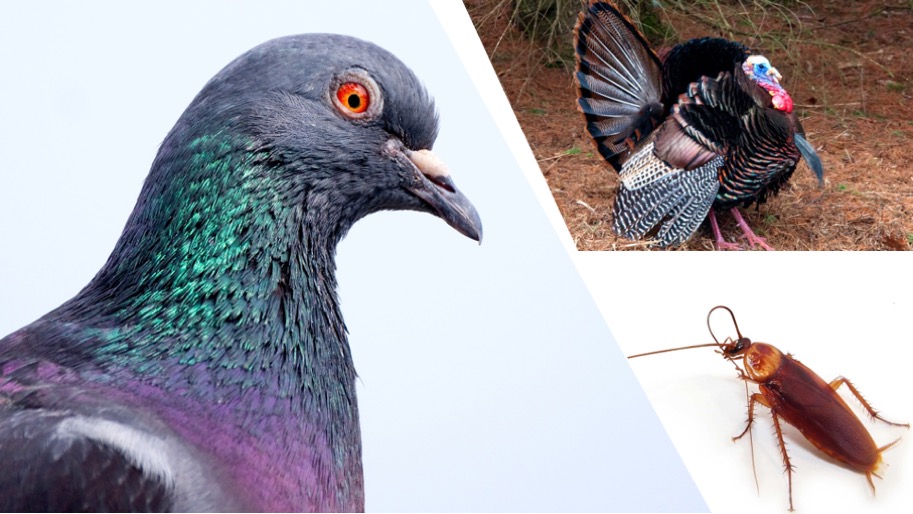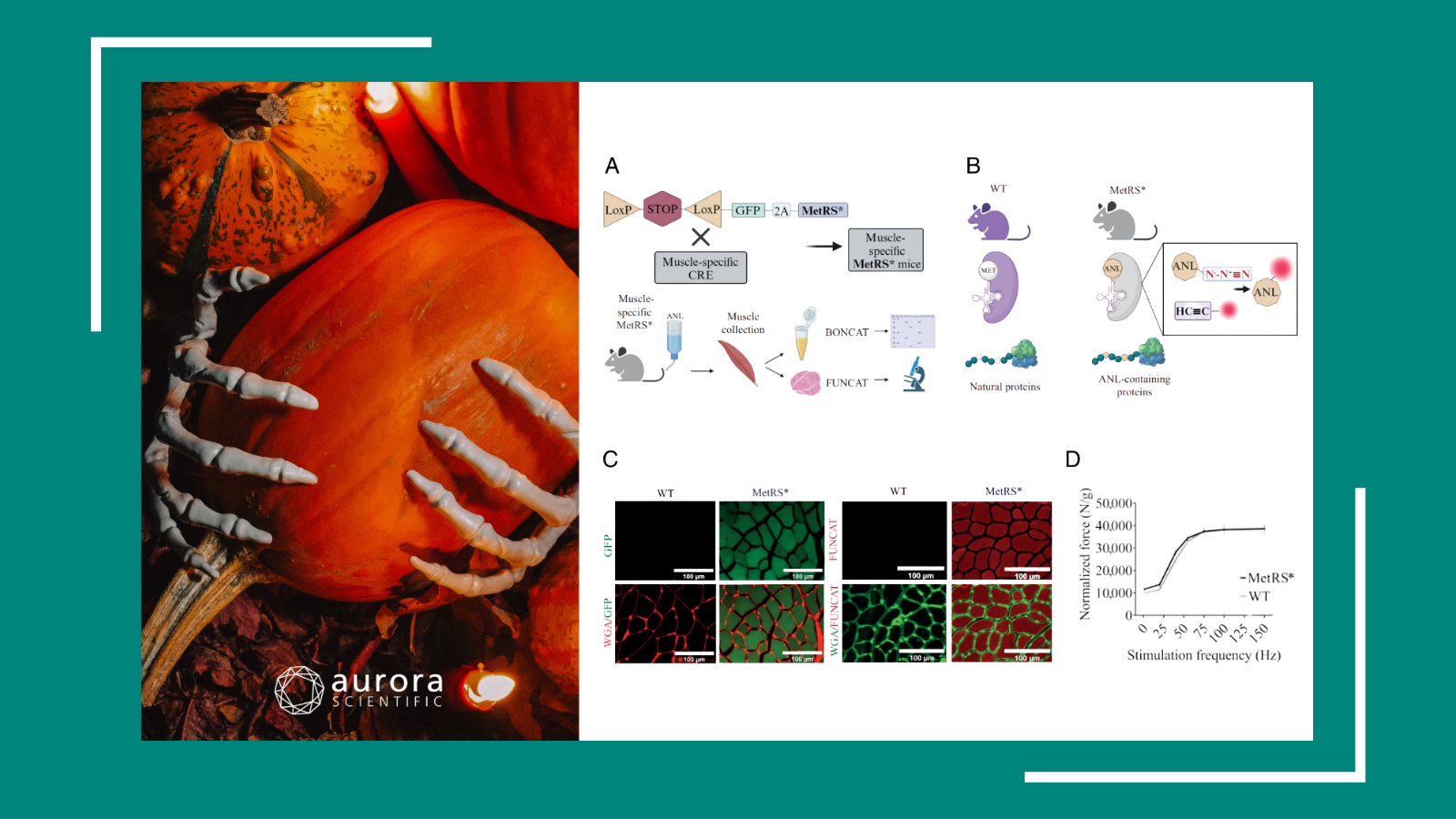Aurora Scientific has helped thousands of laboratories perform functional, contractile testing of muscle for nearly 25 years. Though most of these laboratories work on murine models, we would like to take a moment to recognize the outstanding research of a handful of labs who work on less common animal models and the incredible discoveries that have been made as a result.
Recognizing all the labs who perform this work would be impossible in one blog alone, so we will endeavour to regularly continue to feature new labs. If you would like to have your laboratory featured please reach out and contact us directly.
Thomas Roberts at Brown University – Wild Turkeys
Mankind has always looked to the animal kingdom to better understand how we run, jump and move. The Roberts lab at Brown University is no different as they study the gait mechanics and locomotion of wild turkey’s with a particular focus on energy absorption by the muscle-tendon unit. Various experimental techniques are used in the laboratory such as treadmills, high speed gait camera’s, as well as a number of different myography systems, including many home-built and from Aurora Scientific. Experimental modelling and simulation is also a large part of the laboratories toolbox. Several Robert’s laboratory alumni have gone on to continue researching locomotion in their own laboratories and the entire laboratory ‘tree’ has made significant contributions to this field!
Click here to read a recent publication.
Learn more about the work being done in the Robert’s Lab.Typical Eastern Wild Turkey as studied by the laboratory and found abundantly in New England.
Simon Sponberg at Georgia Tech – Cockroaches
Dr. Sponberg is the Principal investigator of the Agile Systems laboratory at Georgia Tech. The laboratory investigates how various animals and organisms process the sensory information available to them and are able to generate stable, agile motion in a wide variety of environments and terrain. The research projects in the laboratory are extremely diverse and range from X-ray diffraction of muscle to better understand the physics of the myofilament to robotics models of cockroaches and other insects. Dr. Sponberg completed his PhD under the supervision of Dr. Robert Full where some of this work began. The Sponberg lab are also fantastic communicators of their science and we encourage everyone to follow their blog posts on their webpage. We salute their broad contributions to the understanding of muscle!
Click here to read a recent publication.
Learn more about the work being done in the Agile Systems Lab.A selection of some of the robots built by the Sponberg laboratory and the animals that inspired them. The cockroach robot analog is pictured in (a). Taken from Physics Today, 2017. Article linked here.
Doug Altshuler at the University of British Columbia – Pigeon
The Altshuler laboratory at the University of British Columbia is dedicated to the study of how certain animals fly. Their laboratory is somewhat unique, as in addition to studying the mechanisms of flight or the animal’s ecology, they also study flight behaviour. Techniques in the laboratory that are used to study flight include particle image velocimetry (to study aerodynamics of flying animals), high speed tracking cameras (to study maneuverability) and various Aurora Scientific equipment (to study motor control and muscle mechanics). Dr. Altshuler’s lab has also been a frequent contributor to our national news broadcaster, the CBC, on topics of birds and flight. We are proud to support their remarkable contributions to science and the understanding of animal flight!
Click here to read a recent publication.
Learn more about the work being done in the Altshuler Lab.In-situ setup for birds in the Altshuler lab showing the 305C-LR Dual Mode Lever System.




